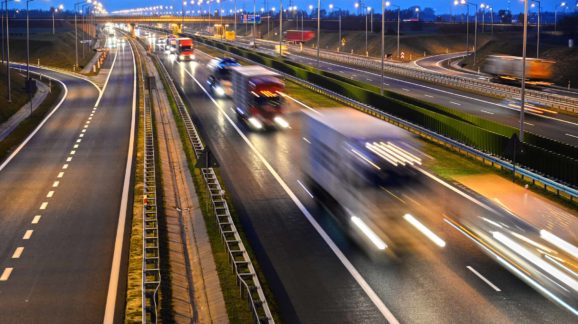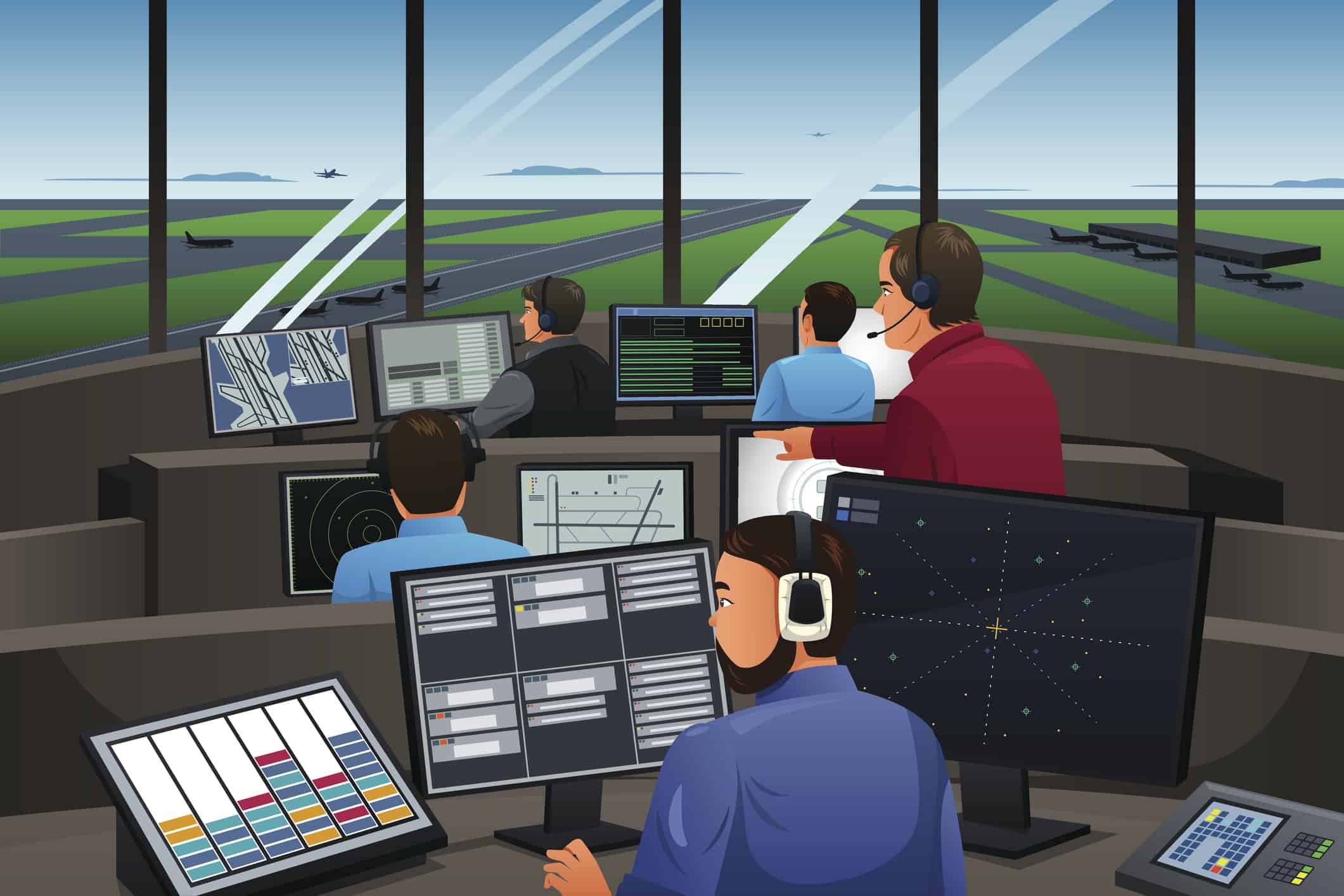Trump’s Address a Mixed Bag on Transportation and Infrastructure

 This evening President Donald Trump addressed a joint session of Congress, delivering a speech outlining many of his administration’s policy priorities. On the topic of transportation and infrastructure, he presented a mixed bag for fans of free markets.
This evening President Donald Trump addressed a joint session of Congress, delivering a speech outlining many of his administration’s policy priorities. On the topic of transportation and infrastructure, he presented a mixed bag for fans of free markets.
First, the good. President Trump emphasized both public and private financing as means to increase infrastructure investment. While not entirely clear, one hopes President Trump appreciates the difference between financing—borrowing through debt markets—and funding, which is traditional government spending.
In the public-purpose infrastructure realm, there is plenty to do to level the debt financing playing field. Currently, the public sector is able to take advantage of tax-free municipal bonds. In contrast, private infrastructure developers do not have that advantage. Ideally, the municipal bond tax advantage would be eliminated, but this is unfortunately a political nonstarter. However, there is a limited mechanism that does attempt to level the public-private financing playing field: private activity bonds (PABs).
PABs were created under the SAFETEA-LU highway bill of 2005. This allowed certain types of surface transportation public-private partnerships (P3s) to take advantage of tax-exempt bonds up to a lifetime cap of $15 billion. Unfortunately, little has been done to improve and expand this program. As of January 23, the Federal Highway Administration reports that $10.86 billion—more than two-thirds of the national limit—has been allocated. For President Trump to significantly expand private sector involvement in transportation infrastructure, this cap will need to be greatly increased.
Fortunately, President Trump can look at a proposal from his predecessor President Obama. In 2015, President Obama’s surface transportation proposal called for the creation of qualified public infrastructure bonds (QPIBs). The QPIB program would have expanded on the PAB framework to cover a greater number of P3 asset classes, such as airports, ports, water and wastewater facilities, and other types of infrastructure not currently eligible for PABs.
Further, the Obama administration proposed no national cap on QPIBs. With an expanded class of eligible P3 projects and no national lifetime cap, a QPIB-style approach has the potential to usher in the kind of private investment President Trump stated he wishes to see.
There is also the proposal from House Transportation and Infrastructure Committee Chairman Bill Shuster (R-PA) to spin off the Federal Aviation Administration’s Air Traffic Organization into an independent nongovernment nonprofit. Such a move would encourage private investment in modernizing the United States’ ancient air traffic control system up to current international standards while taking billions of dollars in federal appropriations off the budget. Such a move is widely supported by the aviation industry and free market transportation analysts.
In terms of improving public financing options, as opposed to increasing government funding, President Trump also has an existing tool that will help constrain the federal budget while delivering more infrastructure projects, if it is expanded. Currently, the passenger facility charge (PFC), a user fee airports are able to charge passengers, sits at a maximum of $4.50 per enplanement—the same level since 2000. Large hub airports have offered to return every cent of their Airport Improvement Program grant funding in exchange for being able to raise their PFCs to a level adequate to support needed modernization. Many airports are also approaching their debt limits. A higher PFC can provide a larger revenue stream to back additional bonding, allowing airports to re-enter the debt market.
But the president also made some much less market-friendly transportation and infrastructure proposals. President Trump stated that his desired $1 trillion infrastructure investment package “will be guided by two core principles: Buy American and hire American.” It is unclear what the president means exactly by “hire American,” but Buy America provisions are well-known in the infrastructure arena.
Under President Obama’s American Recovery and Reinvestment Act of 2009 (ARRA, commonly called “the stimulus package”), Buy America provisions proliferated across highway, water resources, and water and wastewater construction projects funded by ARRA. A team of economists in their book, Local Content Requirements: A Global Problem, estimated that ARRA’s Buy America provisions cost the taxpayer an extra $5.7 billion from 2009 to 2011.

That is pure waste—projects that could otherwise have been funded, funds disbursed elsewhere, or returned to the taxpayers. Too often politicians treat more jobs and higher-priced American materials as project benefits. In fact, they have it exactly backwards. These are project costs. If they weren’t, why not prohibit the use of heavy equipment in these construction projects? Sure, bulldozers and cranes are more efficient at delivering projects, but they “cost” jobs that could be done by workers with pickaxes and pulleys (plus, even those American-manufactured machines contain foreign-made parts).
While this is an extreme example, it illustrates a point: politicians tend to care far more about high-dollar ribbon-cuttings than actually improving infrastructure service delivery. Despite their repeated promises on infrastructure investment, politicians are the primary drivers of the problems facing U.S. infrastructure and will not be part of the solution until they reverse course and recognize the difference between costs and benefits.